Bio-degradable cards
Every card imaginable!
|
Bio-degradable cards Every card imaginable! Cat ID Tags vs. Microchips vs. ID Cards: The Ultimate Guide to Keeping Your Cat SafeAs a cat owner, their safety is your top priority. The thought of them getting lost is a worry we all share. You do everything you can to keep them secure and happy at home, but curious cats can sometimes wander. When you're faced with decisions about how best to identify them, the options can feel overwhelming. Should they wear a collar? Is a microchip enough on its own? What on earth is a pet ID card for? It’s a lot to think about, and you’re right to be thorough. You're looking for peace of mind, and that starts with having the right information. This guide is here to help. We'll walk you through each identification method—ID tags, microchips, and wallet ID cards—in a clear, straightforward way. We'll look at the pros and cons of each, so you can understand the role they play in your cat's safety. Our goal is to give you the confidence to build a complete safety net for your beloved feline friend. In This Guide, We'll Cover: 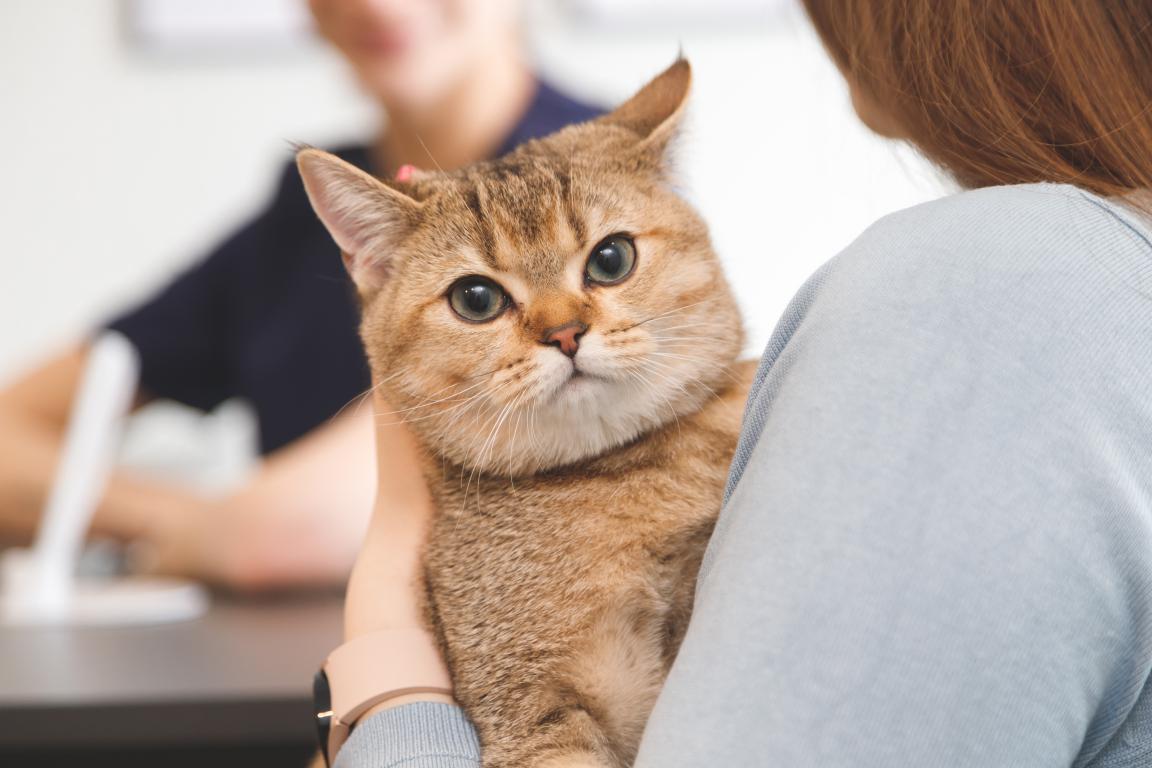
The Classic Choice: Are ID Tags on Collars Right for Your Cat?The sight of a cat with a collar and a little jingling tag is a classic one. For decades, this has been the go-to method for identifying a pet. The concept is simple: if your cat wanders and is found by a kind stranger, they can instantly read the tag, call you, and reunite you with your pet. But as many cat owners know, it's not always that straightforward. Let's break down the realities of using a collar and ID tag for your cat.
The Big Question: Should My Cat Even Wear a Collar?This is one of the most debated topics in the cat community. There isn't a single right answer, as it depends entirely on your cat's personality, environment, and your comfort level with the associated risks. A common belief is that indoor cats don't need collars. Whilst it's true they are in a more controlled environment, accidents happen. A door or window could be left open, or a visitor might not be as careful. An indoor cat who finds themselves suddenly outside is often disoriented and scared, making them even more vulnerable. A collar can be a clear, immediate signal that this frightened cat has a home. For outdoor cats, a collar signals to neighbours that they aren't a stray in need of rescuing. It says, "I have a family who loves me, I'm just exploring." However, it's for these adventurous cats that the safety risks of collars become most prominent.
The Benefits of an ID Tag and CollarThe primary advantage of a collar and tag is its immediacy.
The Cat Collar Drawbacks and Risks You Must ConsiderThis is where the decision gets tricky, as the downsides are significant and directly relate to your cat's physical safety.
Making the Best Choice for Your CatIf you decide a collar is right for your cat, choosing the correct one is not just a matter of style, it's a matter of safety.
A collar and tag can be a useful first line of defence, but its unreliability and potential risks mean it can never be the only method you rely on. 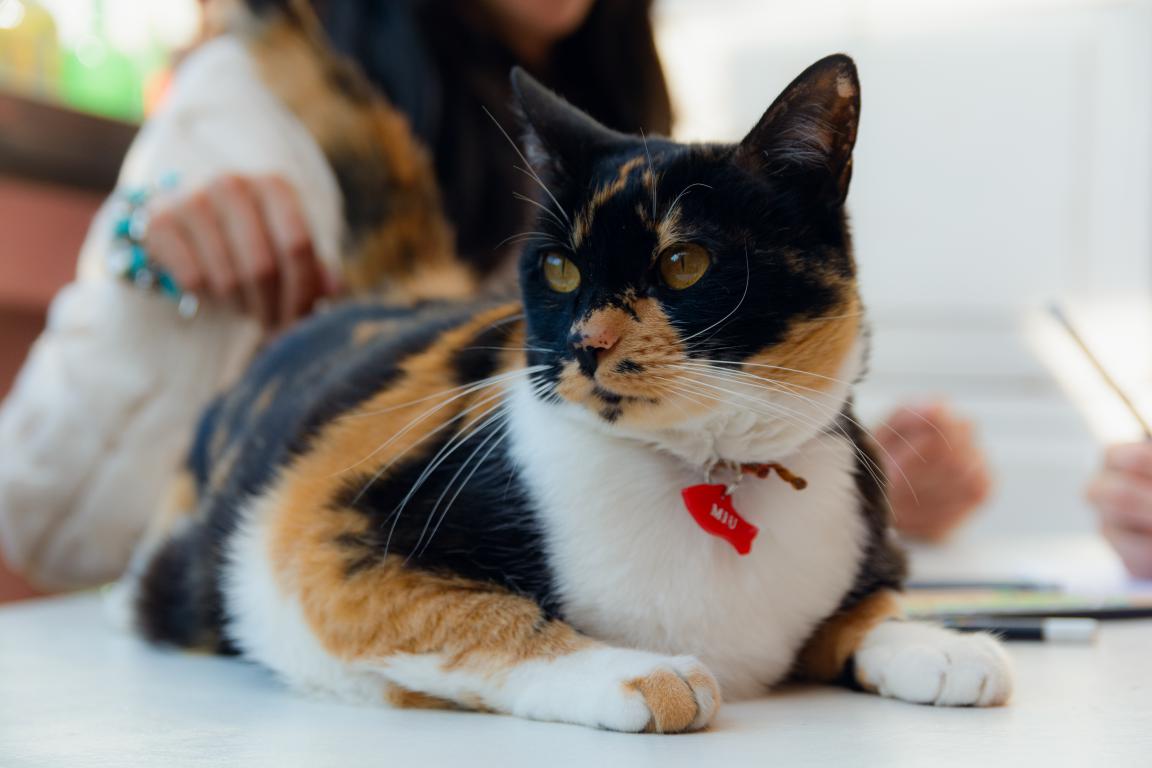
The Permanent Solution: Understanding Cat MicrochipsIf a collar is the visible, but fragile, first line of defence, the microchip is the permanent, hidden fortress of security. It's a tiny piece of technology that has revolutionised how lost pets are returned home and provides a level of peace of mind that a simple tag never can. Understanding what a microchip is, how it works, and what your responsibilities are is essential for any cat owner in the UK today.
What Exactly is a Cat Microchip?A pet microchip is a tiny electronic chip, about the size of a grain of rice, enclosed in a small glass cylinder. It's not a GPS tracker; it doesn't have a battery and it cannot tell you your cat's location. Instead, it's what's known as a passive transponder. It lies completely dormant under your cat's skin and does nothing until it's activated by a scanner. When a special scanner is passed over the area where the chip is implanted, the scanner's radio waves energise the chip, which then broadcasts its unique identification number back to the scanner. Think of it like a barcode for your cat. Every single chip has a one-of-a-kind number that, once registered, is linked directly to you.
The Microchipping Procedure: Simple and SafeFor many owners, the thought of having something implanted in their pet can sound a bit daunting. In reality, a vet or trained implanter performs this very simple, quick, and safe procedure. The microchip is injected under the skin, typically between the cat's shoulder blades. The needle used is slightly larger than a standard vaccination needle, and the sensation for the cat is very similar to getting their annual jabs. It's over in a second, and most cats have little to no reaction to it. It doesn't require any anaesthetic and can be done during a routine vet visit.
The Cat Microchipping Law in the UK: A Crucial UpdateThis is incredibly important for all cat owners to know. As of 10th June 2024, it is a legal requirement for all pet cats in England to be microchipped by the time they are 20 weeks old. This law was put in place for a very good reason: to make it easier for the thousands of lost or stray cats taken in by rescues every year to be reunited with their owners. Failing to comply can result in a fine. This makes microchipping not just a recommendation, but a fundamental part of responsible cat ownership.
The Undeniable Benefits of a Microchip
The Limitations: What a Microchip Can't DoWhilst it's a fantastic tool, it's important to understand its limitations.
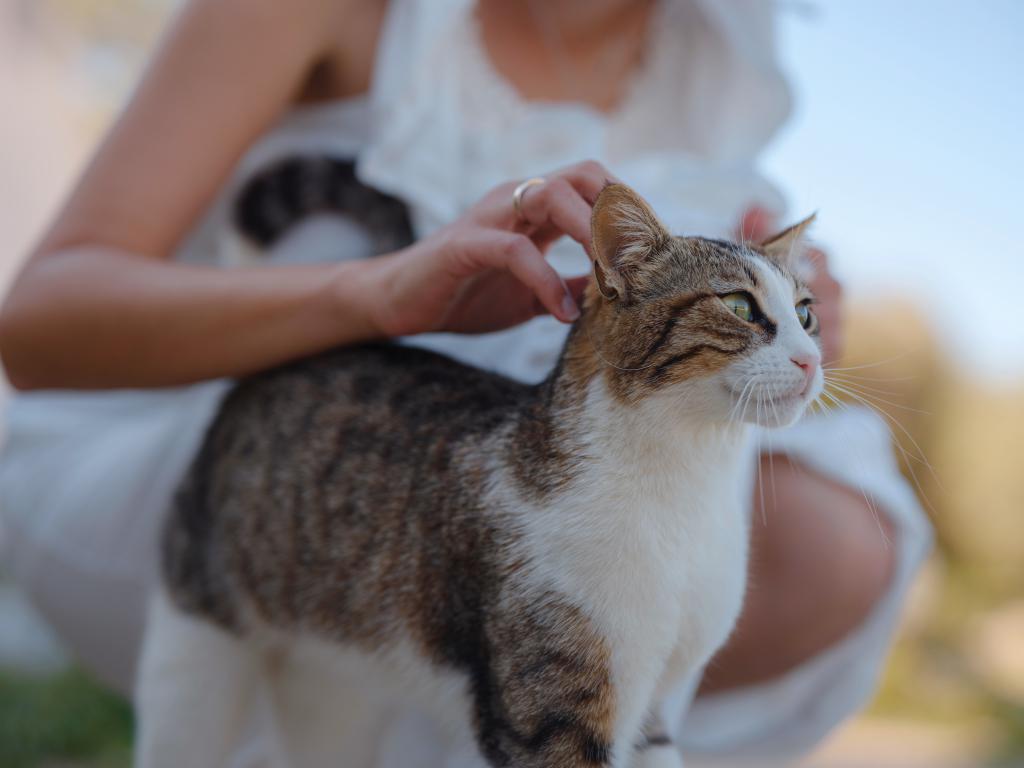
UK Pet Microchip Databases: A Quick GuideThe power of the microchip lies entirely in its registration. But unlike a car's DVLA registration, there isn't one single database for all UK pets. Instead, there are several government-compliant database companies. When your cat is microchipped, the vet or implanter will register the chip with one of these services. It is vital that you know which database holds your cat's details and how to contact them.
Which Database Is My Cat Registered With?When your cat was chipped, you should have received paperwork confirming the microchip number and the name of the database company. If you've lost this paperwork, don't worry. A great first step is to use an online "chip checker" tool. Many of the large databases have one on their website, allowing you to enter the 15-digit microchip number, and it will tell you which database it is registered to. Here are some of the main DEFRA-compliant microchip databases operating in the UK. We do not endorse any specific one; this list is for informational purposes to help you in your search. Remember to check your details with your registered database at least once a year, and always update them immediately if you move or change your phone number. 
The Information Hub: What is a Cat ID Card?You've got the permanent backup of a microchip, and you may or may not be using a collar and tag. So, where does a Cat ID Card fit into this picture? It's a common point of confusion. A Cat ID Card is not something your cat wears. It's a tool for you, the owner. Think of it as your cat's official identification that lives in your wallet or purse. It’s a simple, low-tech card that centralises all of your cat's most vital information in one convenient, easy-to-access place. In a moment of stress or emergency, the last thing you want to be doing is frantically searching through old emails for a microchip number or trying to remember your vet's out-of-hours phone number. The ID card keeps it all right there at your fingertips.
What Information Does a Cat ID Card Hold?Based on a well-designed card, the information is split into what you'd need for day-to-day management and what's crucial in an emergency. On the front of the card, you'll typically find:
On the back, you'll find the detailed information needed for emergencies or when leaving your cat with a sitter:
The Practical Benefits of a Cat ID Card
The Obvious LimitationThe main limitation is, of course, that the card is not physically on your cat. If your cat wanders off and is found by a neighbour, the card is in your wallet, not with them. This is why it's not a replacement for a microchip. It doesn't identify the cat to a stranger; it empowers you, the owner, to manage your cat's identity and care effectively. 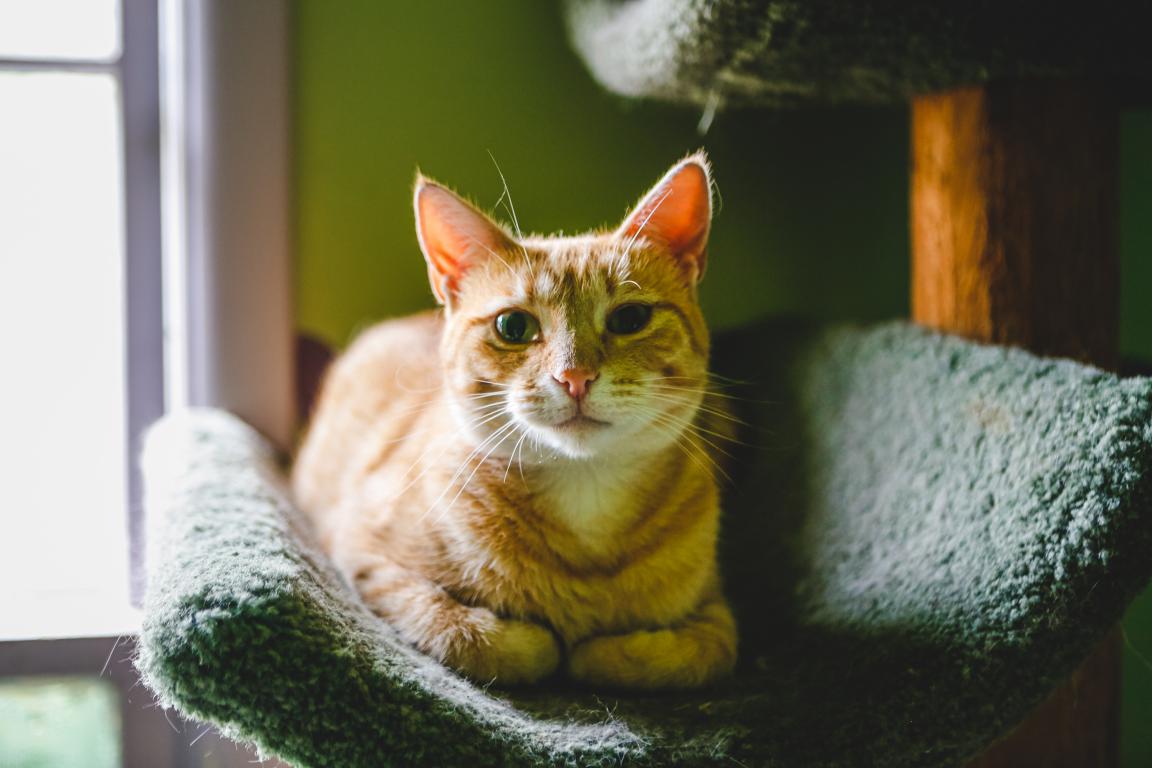
The Safety Triangle: Why One Method Isn't EnoughIt’s tempting to look for the single "best" solution, but as we've seen, each identification method has gaps. The most effective way to protect your cat is to stop thinking of them as competing options and start seeing them as a team. They form a "Safety Triangle," where one method's weakness is covered by another's strength. Let's look at how they work together in real-life situations.
The Foundation: The MicrochipThis is your cat’s permanent, unlosable digital fingerprint. It's the ultimate proof of ownership and the most powerful tool for formal recovery through vets and shelters.
The First Responder: The Collar ID TagThis is the low-tech, high-speed option for a quick return. It’s a visible signal of ownership that anyone can use instantly.
The Command Centre: The Wallet ID CardThis is your organisational hub. It holds all the critical data and contact information, empowering you to act quickly and effectively in any situation.
How They Work Together: Real-Life Scenarios
As you can see, relying on just one method leaves dangerous gaps. A tag can be lost. A microchip can't be read by a neighbour. And neither can help your cat if something happens to you. Together, they form a comprehensive system that covers almost every eventuality. 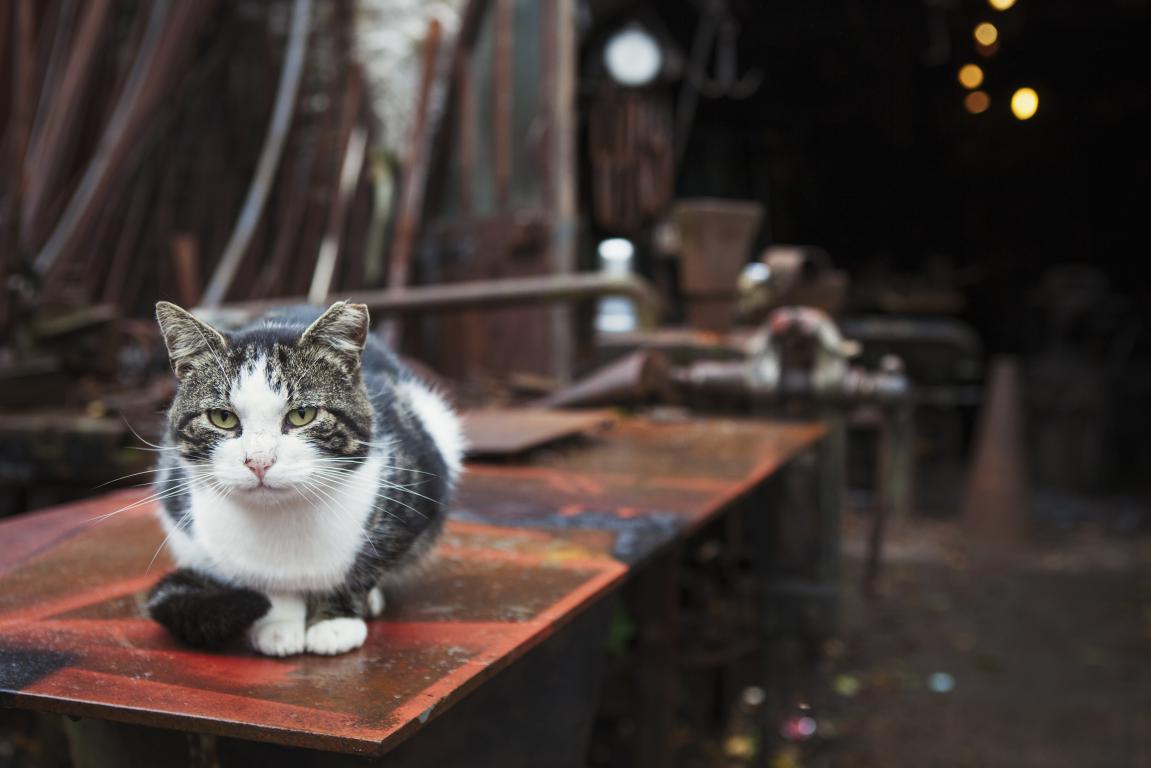
Building Your Cat's Complete Safety PlanYou love your cat, and you've already taken the most important step by researching how to keep them safe. You understand the legal requirement and practical necessity of a microchip. You've weighed the pros and cons of a collar and tag. You are building that triangle of protection, piece by piece. The final element is ensuring you are always prepared. The security provided by a microchip is only as good as your ability to access that information in a stressful moment. Making sure all your cat's vital details—from their microchip number to your vet's emergency line—are organised and instantly accessible is the final, crucial step in being a truly prepared owner. It empowers you to be your cat's best protector, no matter what happens. If you feel that having all your cat's vital information centralised in your wallet is the missing piece of your safety plan, we invite you to see how a simple card can offer so much peace of mind.
© 2024 The Card Project Uk Ltd
VAT: 453 2087 06
|